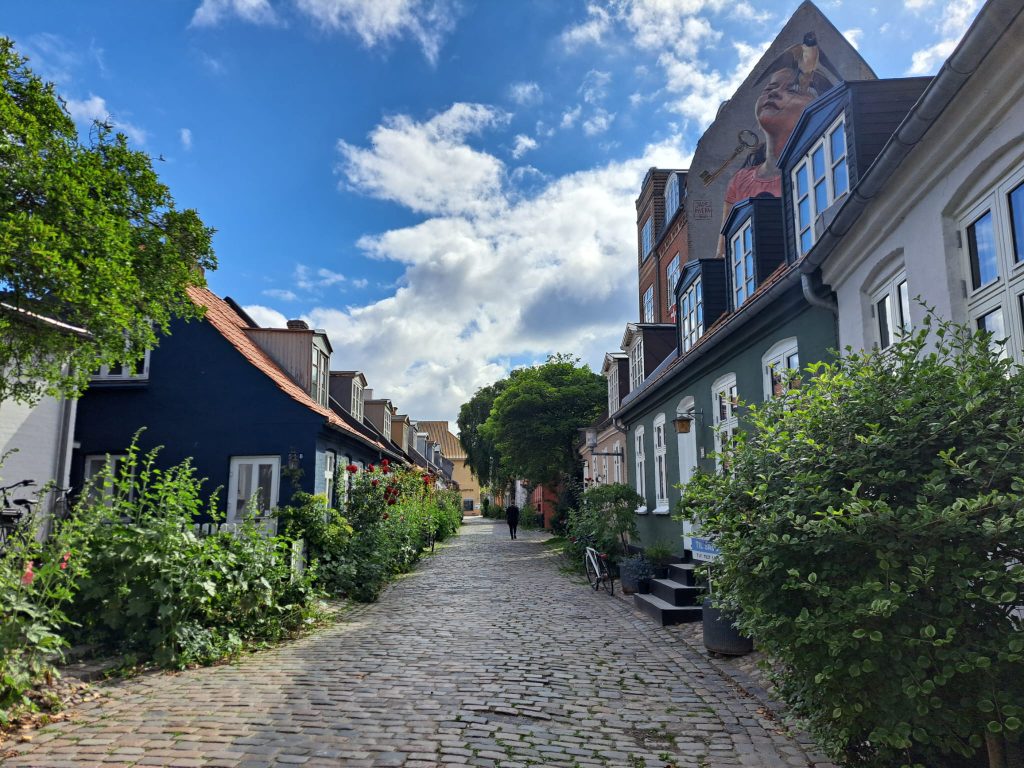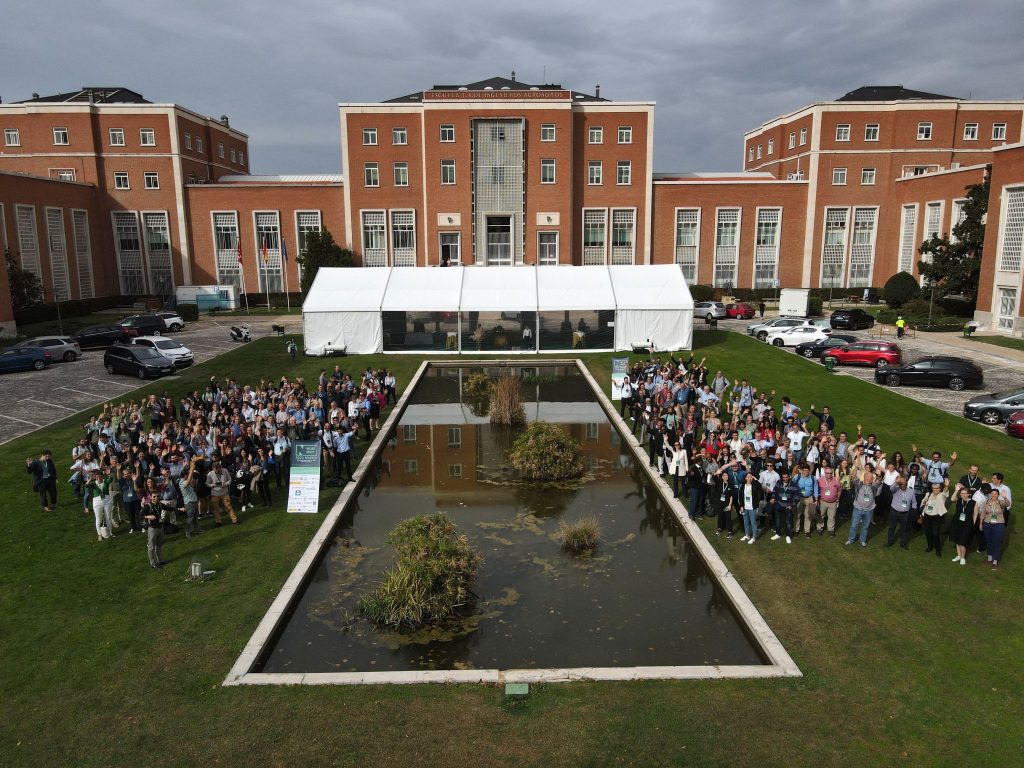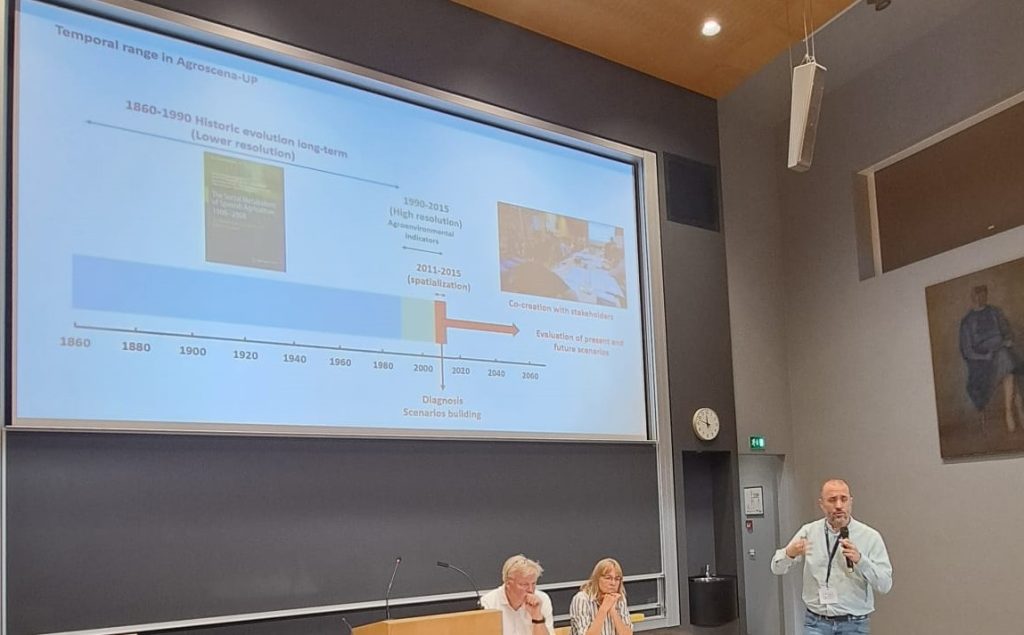
How do we balance the need to provide sufficient nitrogen to ensure crop productivity and livestock and human nutrition, while reducing losses of this precious nutrient that can lead to the release of compounds that have a high impact on our health and that of ecosystems?
Scientists from around the world, experts in the nitrogen cycle, have gathered from 17-21 June 2024 at the University of Aarhus (Denmark) for a conference entitled “Solving the Global Nitrogen Dilemma – Opportunities and Challenges”. The aim of the conference and workshops was to contribute to the reduction of N losses for an effective protection of the environment, without harming crop yields or jeopardising global food security. This Workshop is a continuation of the N Workshop 2022 held at the UPM School of Agricultural, Food and Biosystems Engineering.

The conference offered a stimulating programme where participants were able to share recent research, as well as visit experimental fields and research centres, adding a practical dimension to the discussions. In parallel to the field visits, the 18th meeting of the UNECE Expert Panel on Reactive Nitrogen (TFRN-UNECE) took place, with the revision of the guidance document on reducing ammonia emissions to the atmosphere being one of the main activities.
International experts such as Josette A. Garnier from the National Center of Scientific Research (CNRS), Ute Skiba from the UK Centre for Ecology & Hydrology, Xin Zhang from the University of Maryland Center of Environmental Science or Hans van Grinsven from the Netherlands Environmental Assessment Agency (PBL) have participated in the Conference.
CEIGRAM members, who stand out for their scientific production in the field, were present at the Workshop. Alberto Sanz Cobeña and Guillermo Guardia moderated and contributed to the session on how to improve nitrogen use efficiency, in which measures to increase the amount of nitrogen retained in crops were discussed. In the framework of this same session, Miguel Quemada presented a new efficiency indicator – Fertilizer Dependency (FDN), with great potential for monitoring the dependence of agriculture on external sources of nitrogen at different scales. Luis Lassaletta contributed by moderating the session dedicated to food systems, which covered perspectives on the food value chain from production to consumption, and also presented his paper in the session dedicated to reducing nitrogen losses, where he was able to disseminate the results of the AgrosceNa-Up project.
One of the posters presented by Guillermo Guardia was awarded by the conference jury. In this case, the topic was the determinants of N2O emissions and nitrogen cycling in cover crop mixtures of rye and vetch. Cover crops are currently a cornerstone of crop sustainability, and it has been investigated how the mixture of legumes and cereals, in this case vetch and rye (in a 33%-66% proportion) seems to be an optimal mixture and proportion to balance the agronomic and environmental aspects of cover crops.
Alberto Sanz-Cobeña and Luis Lassaletta, members of the Scientific Committee of the XXII N workshop, are recognised researchers in the study of the nitrogen cycle, having evaluated the agronomic systems in Spain at plot, regional and national level, identifying the main N inputs in each type of production system, and also the main factors that produce N losses (overfertilisation, inadequate waste management, type and optimal moment for nitrogen fertilisation, etc). The results of their work can be consulted at: https://agroscenalab.com/


Alberto Sanz Cobeña is co-coordinating the revision of the guidance document to reduce ammonia emissions to the atmosphere within the UNECE TFRN.
The conclusions of this XXII International Workshop bring us closer to possible solutions to improve efficiency in the nitrogen cycle, reduce nitrogen losses, encourage good agricultural practices, and advance towards sustainable horizons in production systems.



